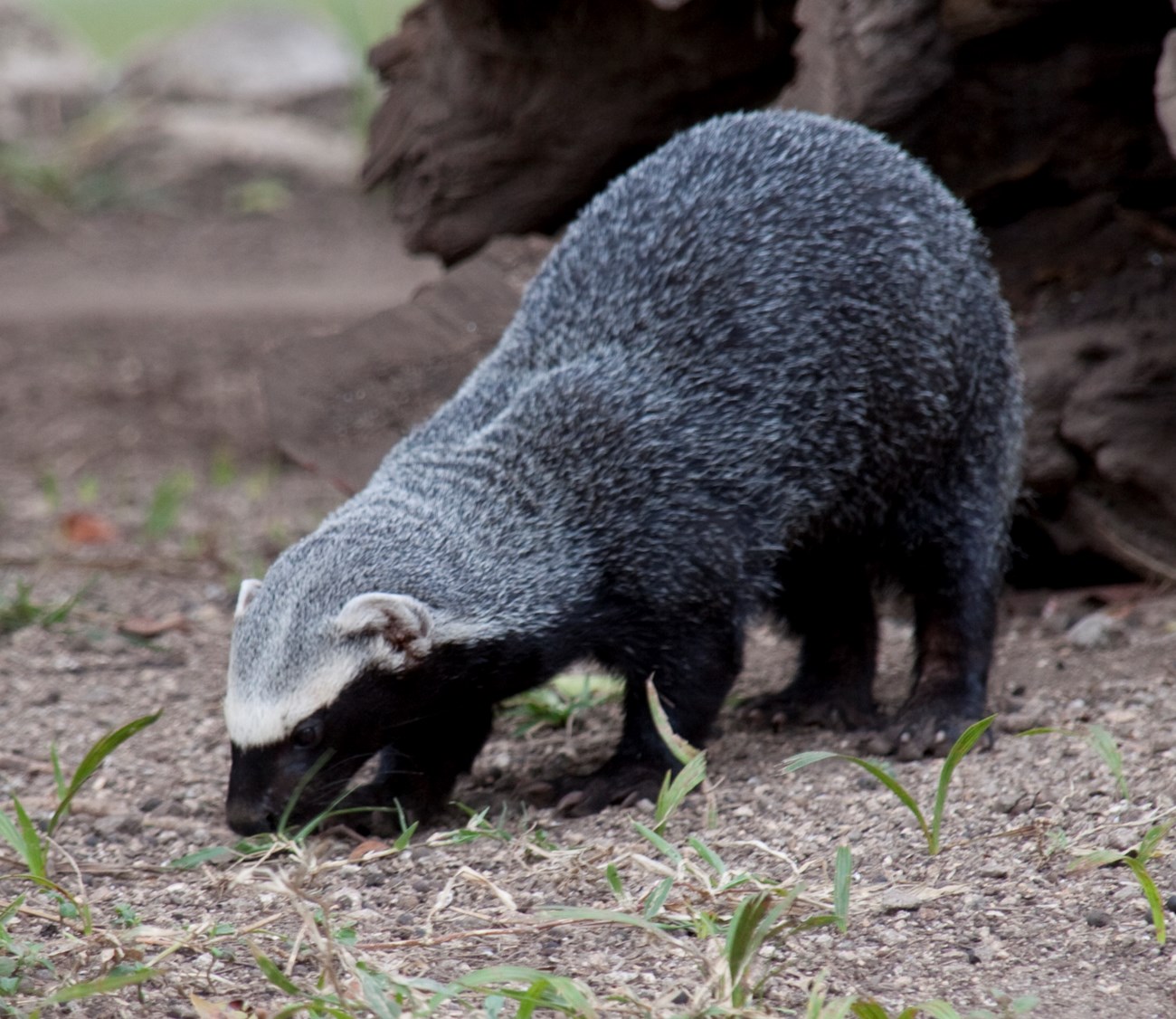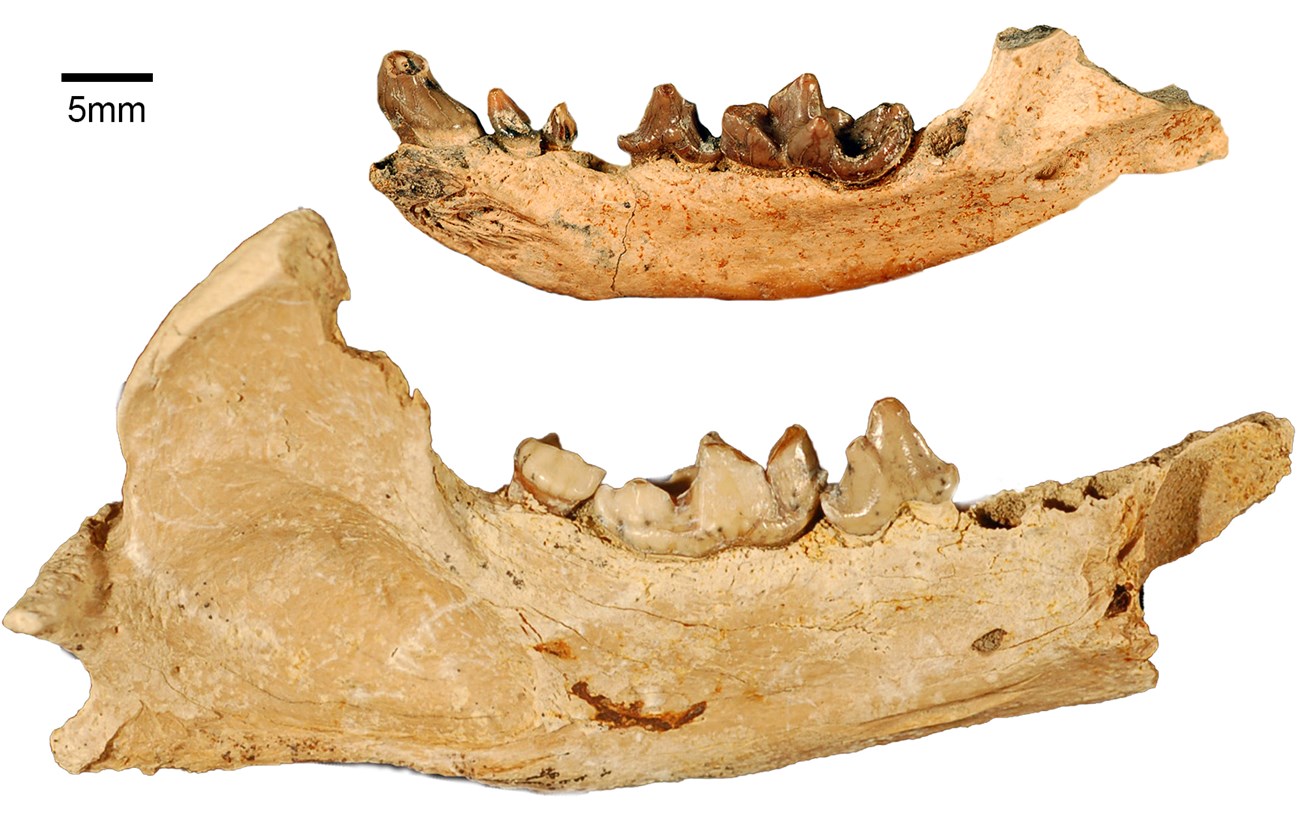Part of a series of articles titled Park Paleontology News - Vol. 10, No. 1, Spring 2018.
Article
New Discoveries from Old Bones at Hagerman Fossil Beds National Monument

for Park Paleontology Newsletter, Spring 2018

NPS Photo
Imagine going back 3.5 million years. While southern Idaho today is a flood-scoured plain of montane-steppe vegetation, it was a very different place during the Pliocene. The chorus of frogs is interrupted by a splash as a small otter grapples with one of the many salmonid fish calling the river home. Wetlands and stands of woodlands dot the surrounding landscape as a mastodon makes its way through a stand of tall reeds. This diverse landscape and its animal community provide us with important information about ancient migrations, evolutionary changes, a shifting climate, and even animal behavior. Each fossil contains a packet of information, which, however small, further contributes to our understanding of both the ancient past and how past events shape the world we see today. That small fishing otter, in particular, has provided us with a large packet of data crucial to understanding the story of otter evolution; a story that was almost never told.

Image from WikiCommons.
Otters are members of the family Mustelidae, which includes weasels, badgers, and martins. Otters, which first appeared in the Miocene, have a strong fossil record throughout the Old World but a poor record in North and South America. There are thirteen species of otter worldwide today with species present on every continent except for Antarctica and Australia. In the Americas, the sea otter (Enhydra lutris), giant Brazilian otter (Pteronura brasiliensis), and four species of the river otter genus (Lontra) are found. Fossils of Lontra are especially uncommon in the fossil record, with the previous oldest fossils of Lontra dating back only 1.8 million years ago, during the Pleistocene epoch, and belonging to the extant (still living) North American river otter, Lontra canadensis. Paleontologists thought Lontra evolved from an otter in Asia belonging to the closely related Old World river otter genus, Lutra. Geneticists disagreed with the paleontologists, as their own studies of modern otter genetics placed the origin of Lontra several million years earlier in the Pliocene of North America. A paleontologist’s knowledge can be limited by what the fossil record provides, so we appreciate and oftentimes benefit from the knowledge provided by other disciplines, such as genetics. It helps, of course, to eventually find the “missing” data to corroborate the geneticists’ claims, and with an age of 3.8 million years in age, Hagerman’s new otter does just that.

NPS Photo
So far, Lontra weiri is only known from the Hagerman Fossil Beds. These Beds were managed and protected by the Bureau of Land Management at the time of the otter’s original discovery (collection) and are today further protected as a National Park Service Monument. Had these lands not been recognized and protected for future generations, had we not ensured that the fossils were properly collected and curated at a museum and made accessible to scientists, we may have forever lost this important key to understanding otter evolution. Imagine what other amazing finds are waiting to be discovered in museum collections and in the ancient grounds of our own country
Last updated: April 23, 2020
